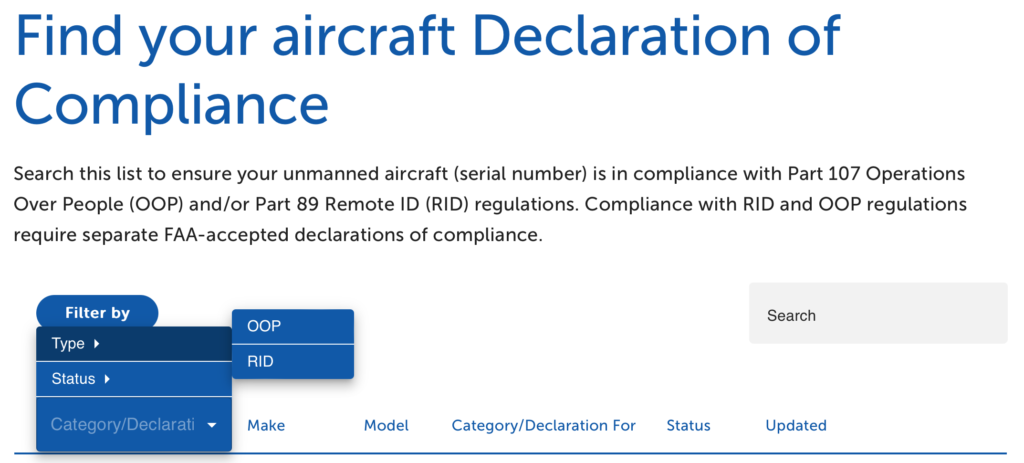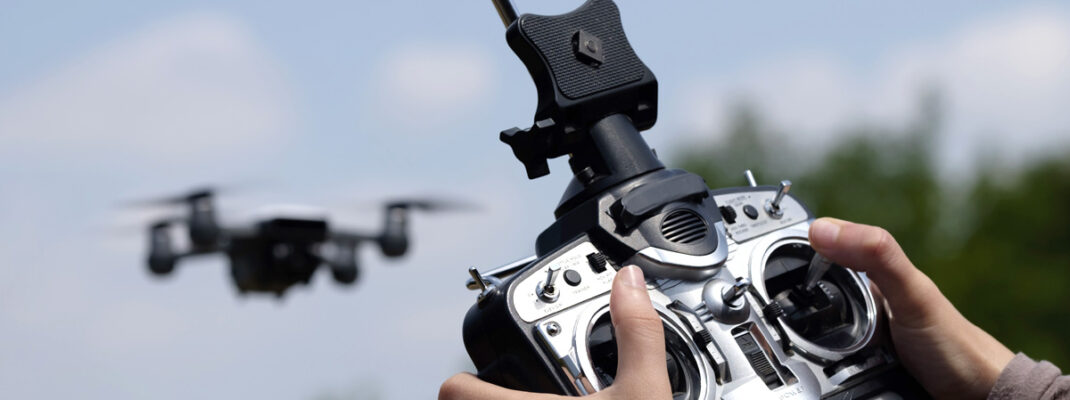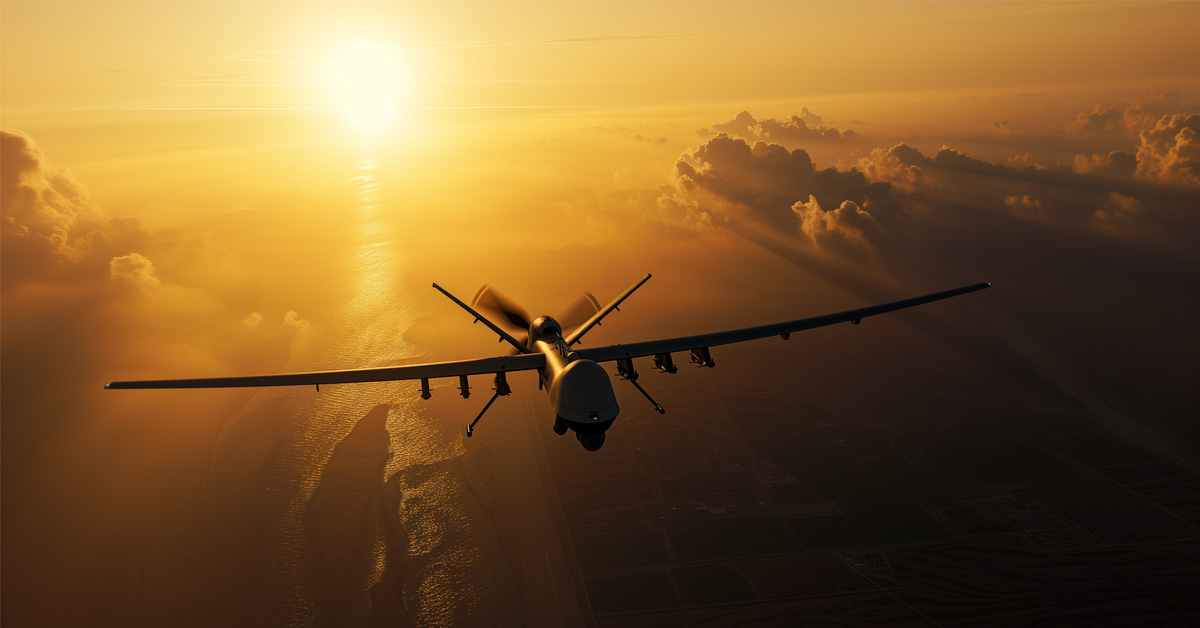If you’re a remote pilot, you should know that March 16, 2024, is an important date regarding the enforcement of Remote ID for drones. The FAA has been working to safely and securely integrate UAS (uncrewed aircraft systems) into the national airspace system. This has included a move toward drones broadcasting their identification and location through Remote ID (remote identification) unless they are operating in a FRIA (FAA-recognized identification area). Any drone that needs to be registered or that has been registered must comply with Remote ID regulatory requirements as outlined in 14 CFR Part 89 and further explained in AIM 11-4-4.
The law requiring Remote ID* was enacted January 15, 2021, with a compliance date of September 16, 2023. Because creating, distributing, and affording drones capable of broadcasting, receiving FRIA approval, and registering drones took longer than anticipated, the FAA enacted a six-month enforcement policy** to exercise discretion in determining how to handle noncompliance, including whether or not to take enforcement action on Remote ID. This discretionary period ended, and enforcement went into full effect on March 16, 2024.
What does this mean for you? Well, if your drone was made after September 16, 2022 it most likely already has Standard Remote ID built in, or at least it should as that is the FAA requirement. For older drones, you will need to attach a Remote ID broadcast module or only operate your drone in a FRIA. In both cases, you will also need to add the Remote ID serial number to your FAA registration.
To check if your drone or broadcast module is Remote ID compliant, go to the FAA UAS Declaration of Compliance website and click on “View public DOC list” (you may need to scroll down to see it).

Filter by type: “RID” and status: “accepted,” then search for your drone or broadcast module.

Only drones or broadcast modules listed on the FAA DOC are considered to be in compliance (even if your drone was advertised as “Remote ID ready”). If your drone or broadcast module is on the list, you will still need to register or update your registration through the FAADroneZone to include your Remote ID drone or broadcast module serial number (note that this serial number is not always the same as your drone’s serial number).
If you’re a recreational drone pilot and have one registration number that applies to multiple aircraft, you can list one Remote ID broadcast module serial number and move the module from aircraft to aircraft (as long as they are all listed on the registration). For more information on Remote ID and registration visit the FAA Remote ID webpage.
And, if all of this sounds a little overwhelming, check out ASA’s Getting Started with Drones and Model Airplanes, and let Patrick Sherman guide you through the process.
* 86 FR 4390
** 88 FR 63518






